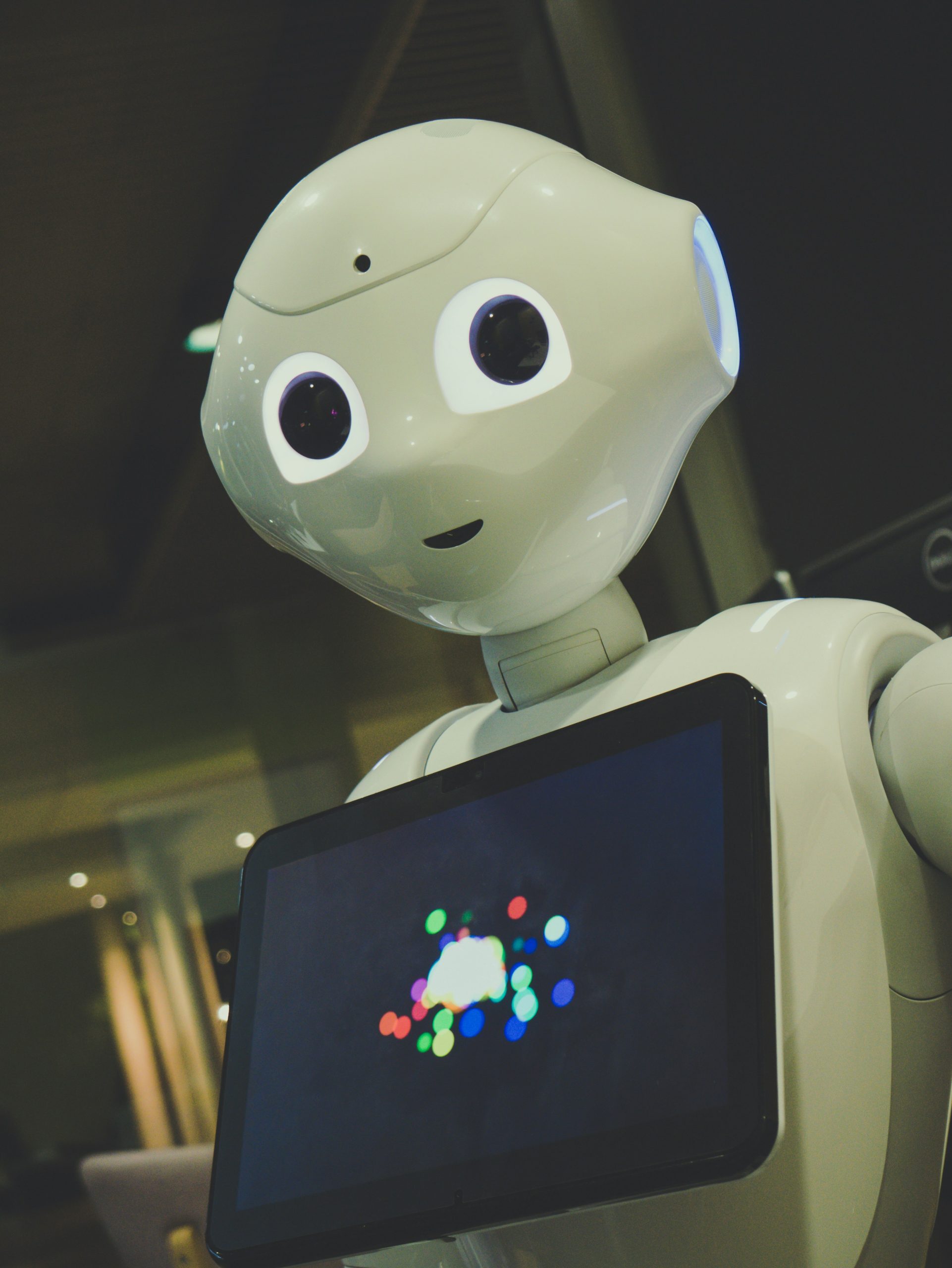What Is the Role of a Translator in Artificial Intelligence?
Article in partnership with Day Translations.
Will human translators ever become obsolete? Will learning a new language become unnecessary in the future? Will we be able to completely rely on machine translation and trust its accuracy?
At present a large proportion of the world population speaks English and a vast amount of online information is available in English, even though there are about 6,000 languages being spoken globally. Machine learning is based primarily on material being written in English (it is estimated that 90% of the data to train Artificial Intelligence is in English) and online AI translators convert texts to and from English. For example, Google Translate is trained and is available in only 133 languages, leaving a huge gap that is unlikely going to be filled in the short to medium term.
Why Are Human Translators Important When AI Translation Is Available?
Machines are still rudimentary no matter how sophisticated they are supposed to be. Nuance, subtlety and context are some of the pitfalls of AI translation, which picks individual words and translates them literally. As machine learning becomes more advanced, some context can be added through human intervention, however there are likely to be gaps that will result in errors.
Current examples of machine errors are colloquialisms and acronims, which can cause confusion and, in worst cases, damage.
In the medical sector, technicians and consultants may rely on acronims in patient notes as it is a common practice that underlines shared knowledge. An article in The Conversation chose an example from a badly translated medical note where ‘US’ was automatically translated as ‘United States’ instead of ‘ultrasound’. The resulting machine-generated translation read “your United States was normal”, thus making it into the title of the article.
Machine learning is based on patterns and probabilities, while human language learning is based on experience and using discretion and sensitivity when choosing the correct words in the right context. Humans use language not only to communicate but also to build connections, to preserve culture and to deal with sensitive situations that require emotional intelligence.
Machines and the Complexity of Human Communication
The cloud computing arm of Amazon, AWS or Amazon WorkSpaces, defines machine translation as follows:
“Machine translation is the process of using artificial intelligence to automatically translate text from one language to another without human involvement.”
It goes on to say:
“Machine translation provides a good starting point for professional human translators.”
Machine translation is seen as a tool to process the bulk of a document and it implies that a human professional translator edits and corrects the text to improve its accuracy.
Machines have their limitations and when it comes to translating text there is a performance shortfall if a document contains slang and dialects. Machine translation is mostly trained on standard data, for example American English, which can have local variations. The English language spoken in an American state may be fairly different to English being spoken in New Zealand. At the same time, families and communities from international backgrounds may speak English and also borrow some words and expressions from another culture, for example from Latin America. This is the case for Spanglish, a hybrid language that is spoken in a number of American states, where Spanish words are interspersed with English.
There are also instances when shared knowledge is implied, when two or more people who are interacting can leave some things unsaid and allow others to fill in the gaps. This scenario is likely to appear as a dead end road for automatic translations and the reader will not be any wiser as to the meaning of what is being said.
Ultimately, human intervention in translations is a necessary element that cannot be substituted.
